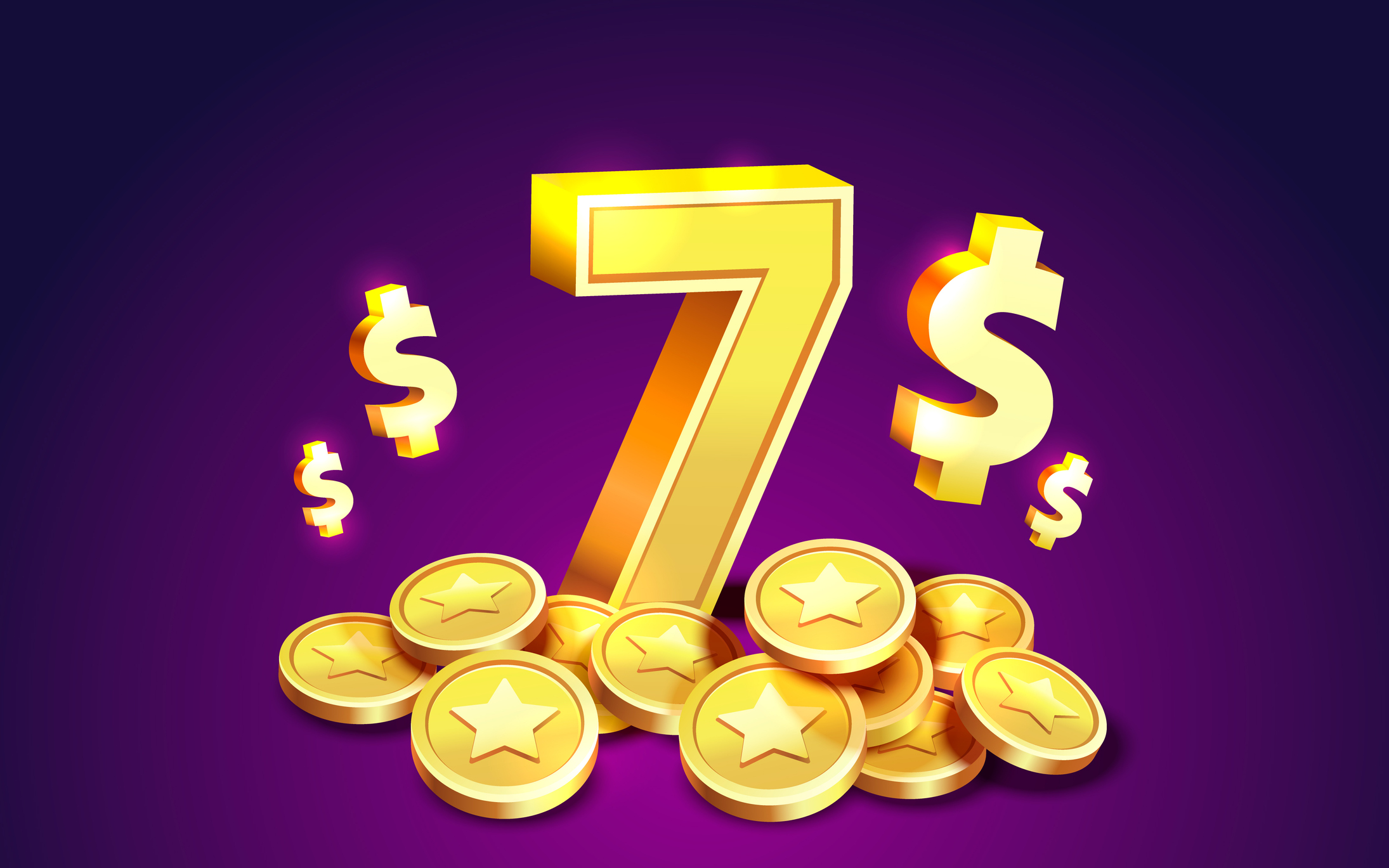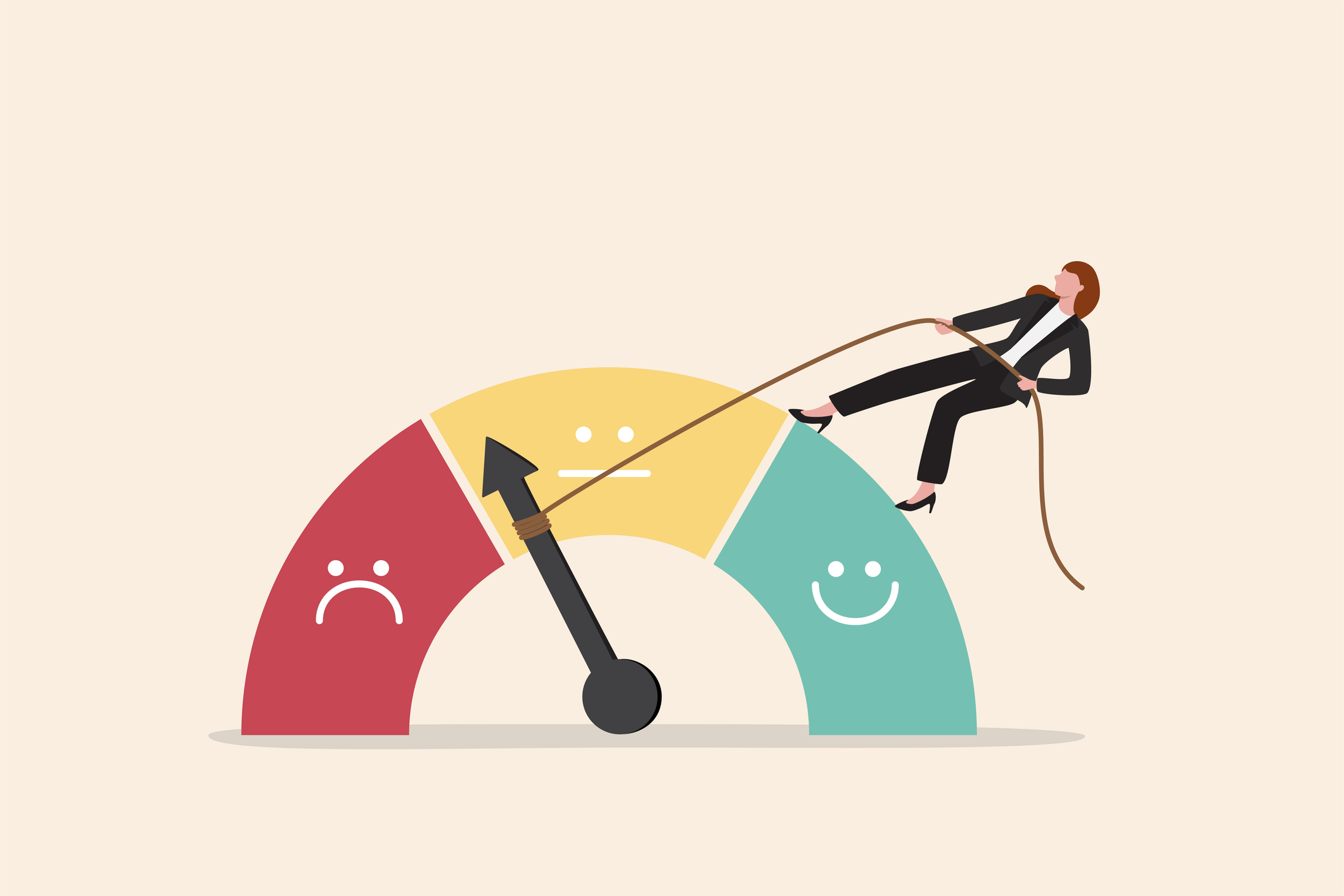Anyone paying the bills in their household knows that talk is anything but cheap. Cell phones and land lines can cost a pretty penny. Add your bills for Internet service and cable TV, and your telecom costs can quickly go through the roof.
Here are eight tips to help you hang up on high prices:

BUNDLE UP
Bunch your services and save some green. For about $100 a month, you can get cable or satellite TV, local and long-distance telephone service, plus high-speed Internet service. This is often cheaper than it would cost for each service separately.
In addition to paying just one bill, you have just one company to call if you have a technical or billing issue. See Save a Bundle on Telecom Services to learn more.

RETHINK YOUR PHONE COMPANY
Save on your long-distance bill and chat via computer with free software from Skype.com. You won't pay a dime for any call to another Skype user. You can call non-users' landlines, too, for about $3 a month. Sure beats the $15 to $25 fee for a typical no-frills land line.
Or consider other low-cost Internet phone services such as Vonage. It comes with more perks such as voice-mail, caller ID and call waiting and costs $25 per month for free unlimited local and long-distance calls.

PRE-PAY YOUR CELL PHONE
The average wireless-phone user spends about $60 a month, including taxes and fees. If you talk for 200 or fewer minutes per month, you may save by switching to a prepaid plan charging 25 cents a minute or less.
Prepaid plans generally charge 10 cents to 60 cents a minute, and compatible phones cost as little as $20. Compare plans at www.myrateplan.com.


EVALUATE YOUR CABLE USE
Do you really need all those cable channels? Take a look at what you're paying for and what your family is actually using. Then trim accordingly. Dropping your premium channels, for example, is a good way to start saving.
You may even find you don't watch TV enough to justify the cost of your cable service. Consider dropping cable entirely and watching your favorite shows online or on DVD –- or reading a book.


GET A CALLING CARD
This is a great way to keep phone costs under control when you've got a roommate. That way, you're sure to only pay for the long-distance calls you personally make. No more billing disputes. Calling cards may also save you money over the long-distance plan offered by your phone company.
At Costco, for example, you can buy a Verizon phone card with 700 pre-paid minutes for $20. That's 2.9 cents per minute.

NEGOTIATE A LOWER RATE
With cutthroat competition among phone, cable and Internet providers, you can probably haggle your way to a better deal on your service.
Many of the best offers are for new customers, but that shouldn’t stop you from asking for the same deal, or at least one better than what you’re getting. You could always threaten to take your business elsewhere.

MORE WAYS TO SAVE MONEY
Save Money on Investing
Save Money on Food
Save Money on Transportation
Save Money on Travel
Save Money on Utilities
Save Money on Credit, Debt & Banking
Save Money on Entertainment
Click here to print, email or comment on this slide show.
Profit and prosper with the best of Kiplinger's advice on investing, taxes, retirement, personal finance and much more. Delivered daily. Enter your email in the box and click Sign Me Up.
-
 Santa Claus Rally at Risk as Tech Stocks Slump: Stock Market Today
Santa Claus Rally at Risk as Tech Stocks Slump: Stock Market TodayThe Nasdaq Composite and Dow Jones Industrial Average led today's declines as investors took profits on high-flying tech stocks.
-
 7 Ways to Save Money on Almost Everything
7 Ways to Save Money on Almost EverythingHigh prices got you down? These strategies can help you reap deep discounts on everyday spending.
-
 My Top 10 Stock Picks for 2026
My Top 10 Stock Picks for 2026Each year, we ask an expert to pick 10 stocks that have the potential to beat the market over the next 12 months. Here are his choices for 2026.
-
 What to Do With Your Tax Refund: 6 Ways to Bring Growth
What to Do With Your Tax Refund: 6 Ways to Bring GrowthUse your 2024 tax refund to boost short-term or long-term financial goals by putting it in one of these six places.
-
 What Does Medicare Not Cover? Eight Things You Should Know
What Does Medicare Not Cover? Eight Things You Should KnowMedicare Part A and Part B leave gaps in your healthcare coverage. But Medicare Advantage has problems, too.
-
 15 Reasons You'll Regret an RV in Retirement
15 Reasons You'll Regret an RV in RetirementMaking Your Money Last Here's why you might regret an RV in retirement. RV-savvy retirees talk about the downsides of spending retirement in a motorhome, travel trailer, fifth wheel, or other recreational vehicle.
-
 The Six Best Places to Retire in New England
The Six Best Places to Retire in New Englandplaces to live Thinking about a move to New England for retirement? Here are the best places to land for quality of life, affordability and other criteria.
-
 The 10 Cheapest Countries to Visit
The 10 Cheapest Countries to VisitWe find the 10 cheapest countries to visit around the world. Forget inflation and set your sights on your next vacation.
-
 15 Ways to Prepare Your Home for Winter
15 Ways to Prepare Your Home for Winterhome There are many ways to prepare your home for winter, which will help keep you safe and warm and save on housing and utility costs.
-
 Six Steps to Get Lower Car Insurance Rates
Six Steps to Get Lower Car Insurance Ratesinsurance Shopping around for auto insurance may not be your idea of fun, but comparing prices for a new policy every few years — or even more often — can pay off big.
-
 How to Increase Credit Scores — Fast
How to Increase Credit Scores — FastHow to increase credit scores quickly, starting with paying down your credit card debt.
